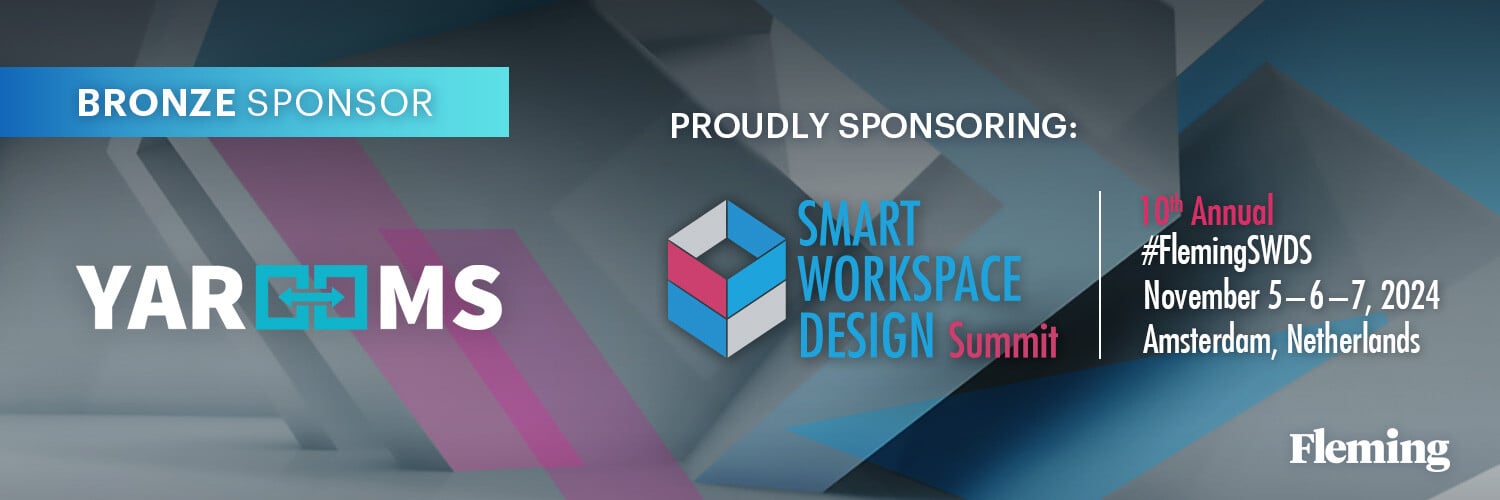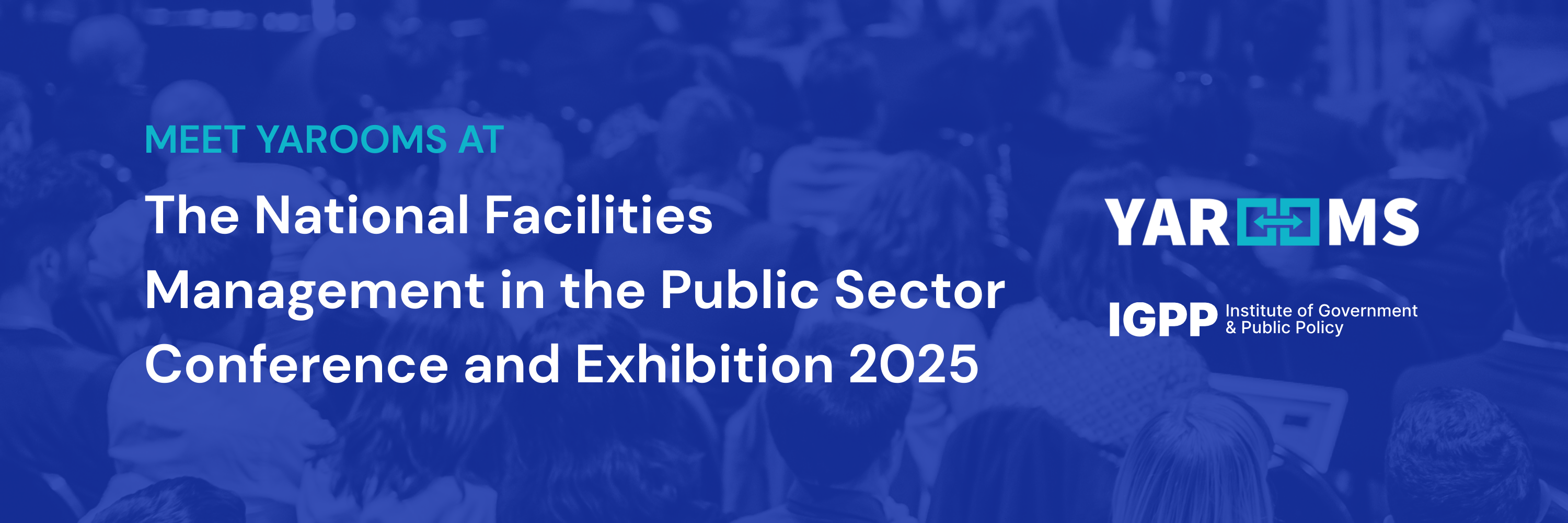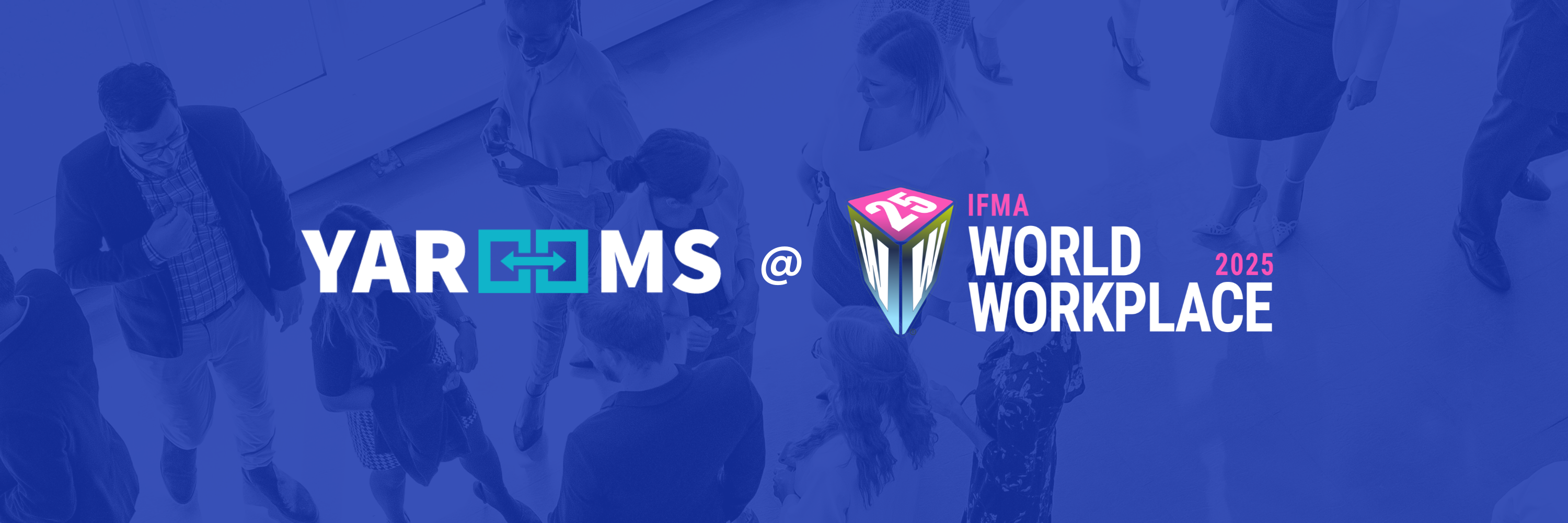Last week, our team had the pleasure of attending the 10th Annual Smart Workspace Design Summit in Amsterdam. Not only was it a great place to connect with industry leaders, but it also delivered fresh, forward-thinking content that sparked new ideas about the future of workplace design. We’re excited to share some of the most inspiring insights and innovations from the experts and thought leaders we met there.

Data-Driven Strategies to Optimize Costs and Enhance Workplace Appeal
In today’s changing work environment, optimizing facility management costs while keeping workplaces appealing to employees is a key focus. Companies are now using data to understand better how spaces are utilized, adjusting resources based on actual attendance. New technology is also transforming how we experience the office, hinting at a future where coming into the office may be more selective.
Making the Office a Magnet, Not a Mandate
By tailoring office spaces to fit employees' routines and leveraging AI to boost efficiency, workplaces can encourage attendance without strict policies——in other words, they can transform the office into a magnet rather than a mandate. With many employees questioning the need for physical presence, organizations are encouraged to reframe office spaces as environments for learning, collaboration, and innovation rather than merely places for desk work.
While AI tools can aid in this process, it's important that their adoption is purpose-driven, aligning with specific workplace needs rather than adopting AI just for the novelty.
Liquid Real Estate: A Concept for Agile Workspaces
The summit introduced the concept of liquid real estate, a flexible approach where office spaces can shift to serve different purposes throughout the week. In a liquid office, spaces might be used for collaboration one day, focused work the next, and learning sessions on another. This adaptability reduces the need for multiple fixed spaces, cutting costs while accommodating a variety of needs.
Building a Positive Workplace Culture
The summit sparked an engaging discussion on workplace culture, emphasizing that authentic leadership is essential for it to thrive. Leaders must actively embody company values, while middle management—often the backbone of workplace culture—plays a crucial role in creating an environment where employees feel connected to the company's mission and values.
A standout takeaway was that design is a powerful tool for expressing an organization's purpose. Rather than applying a one-size-fits-all approach, office spaces should reflect the organization's unique identity, deepening employees' connection to its vision and goals.
Putting People at the Heart of Change
Change is often challenging, as humans are naturally inclined to resist it. During times of transformation, visible and accessible leadership is key to building trust. Actively engaging employees in the change process and valuing their perspectives can make transitions smoother, shifting the focus from enforcement to empowerment.
Innovation in Workspace Design
We were genuinely inspired by the concept of flowspaces—areas designed to help employees find a state of flow by balancing skill and challenge. Everyday spaces can inspire bringing this idea into the workplace. Imagine a market square-inspired area with natural light and an open layout to encourage interaction, creating a community-like hub in the office. Similarly, campus-style layouts support continuous learning, fostering a collaborative environment where skill-building and work naturally blend.
Our team left the Smart Workspace Design Summit inspired by the innovative ideas and practical strategies shaping the future of workplace design. We're excited to incorporate these forward-thinking ideas into our own projects and help create workplaces that prioritize connection, creativity, and flexibility. See you next year!











